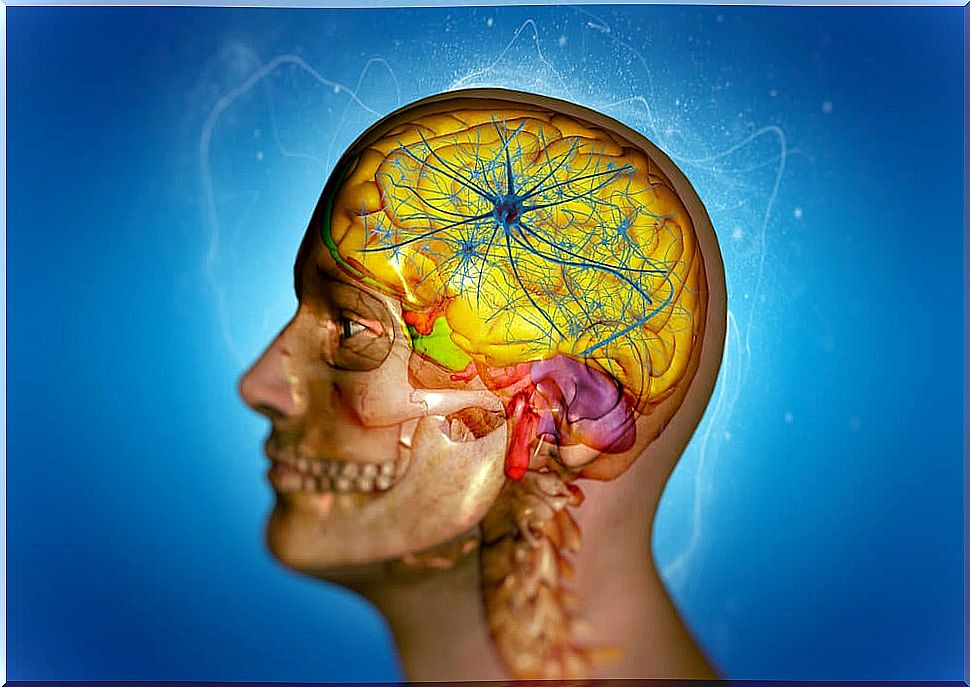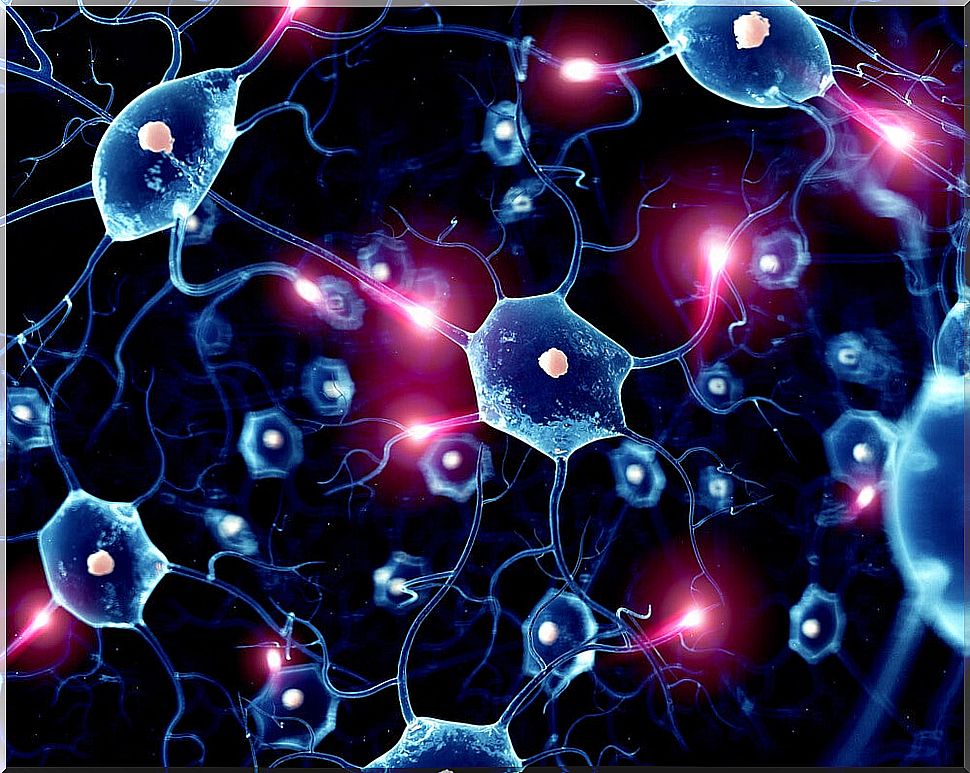Blood Brain Barrier
The blood-brain barrier is a protective system of the brain. It prevents toxic substances from passing from the blood to this organ, in which case its functions could be seriously compromised.
In this article we detail its functions to understand the importance of this part of the body. Keep reading!
How do you protect the brain?
As we have already mentioned, the blood-brain barrier prevents the chemical substances that appear in the blood after exercising or after eating, from damaging the brain if they reach it. For this reason, the brain must remain isolated, this being the function of the blood-brain barrier.
The central nervous system is highly protected as a result of evolution. The skull and spinal column act as a shell. In turn, three membranes called “meninges” protect the central nervous system from possible trauma.
Despite all these defenses, the brain is not without danger. Among them, infections caused by viruses, protozoa and bacteria that can be carried by the blood stand out. The blood-brain barrier is responsible for protecting the brain from these dangers.
How does the blood brain barrier work?

The blood-brain barrier has a selective permeability. This means that it allows the passage of some small molecules, such as water or ions.
Instead, it prevents the entry of other larger molecules, such as proteins. Therefore, it acts as a filter that operates between the nervous system and the blood system.
The waterproof function is carried out by a physical and a chemical process. The physical process occurs because the blood-brain barrier has a structure that allows it to filter. For this, there are spaces between its cells that allow or prevent the passage of substances.
At the same time, the blood-brain barrier has the ability to trigger certain chemical reactions. Thus, it metabolizes some of the substances that reach it.
It performs this process by using transporters and enzymes. In this way, it eliminates any risk before it accesses the brain.
Blind spots
The blood-brain barrier does not cover the entire brain. This organ needs to open to allow some substances necessary for its function to pass through. You must also allow some substances that you produce, such as hormones and neurotransmitters, to get out.
Therefore, the blood-brain barrier is not uniform. Some substances can pass through it in some areas, while others cannot. In other words, it has areas that are more waterproof than others. The most permeable areas are called “circumventricular” and are in contact with the walls of the cerebral ventricle.
The areas where there is no blood-brain barrier are related to the endocrine system and the autonomic nervous system. Some of the structures it comprises are the neurohypophysis, the pineal gland or some areas of the hypothalamus.
which are your principal functions?

As we have already mentioned, the main function of the blood-brain barrier is protective. Above all, it prevents viral or bacterial infections from affecting the brain.
However, this is not the only role it plays. Another of its functions is the correct maintenance of the neuronal environment, preserving the composition of the interstitial fluid, which bathes the cells that make up the brain.
On the other hand, the blood-brain barrier also performs metabolic functions. It modifies some elements so that they can pass from the blood to the nervous tissue without being harmful to it.
The blood-brain barrier is also therapeutic

As long as the brain functions properly, the blood-brain barrier is a guarantee of health. Its ability to prevent the penetration of different harmful substances allows the brain to remain intact. However, there are medical and psychiatric conditions in which this barrier becomes a problem.
Many of the medications that are used to treat different ailments or infections in the body, cannot be used to treat a problem in the brain. This is because this barrier blocks them.
In diseases like Parkinson’s and some dementias and tumors, this is a big problem. Medicines that could alleviate these diseases find great resistance in the blood-brain barrier.
Science has partly managed to overcome this difficulty. An example of this is the direct injection of the drug into the interstitial fluid. The circumventricular organs are also used as access routes.
Ultrasound-guided microbubbles are sometimes used. In any case, the blood-brain barrier limits the efficacy of such methods, but it is essential to avoid further damage.









